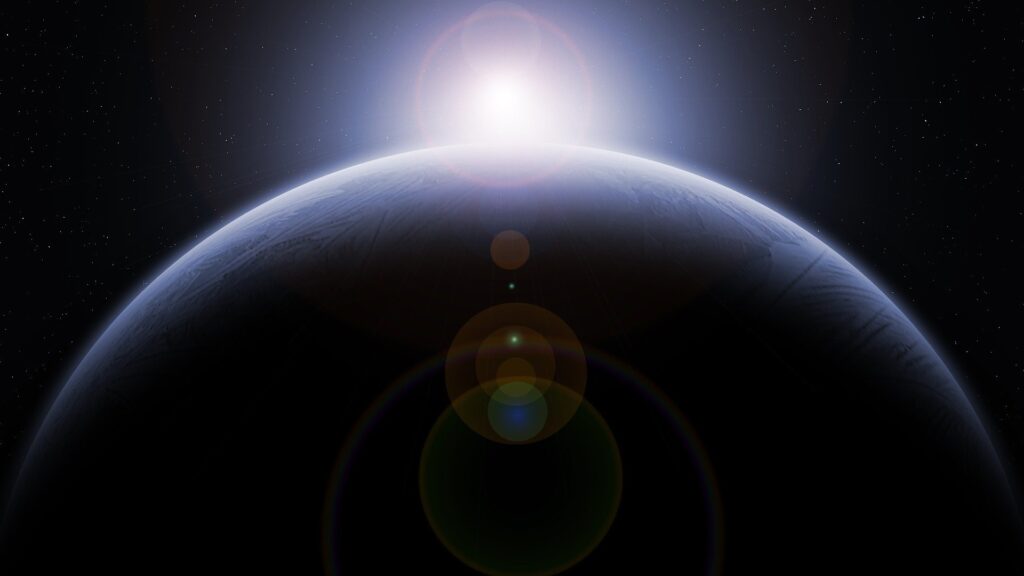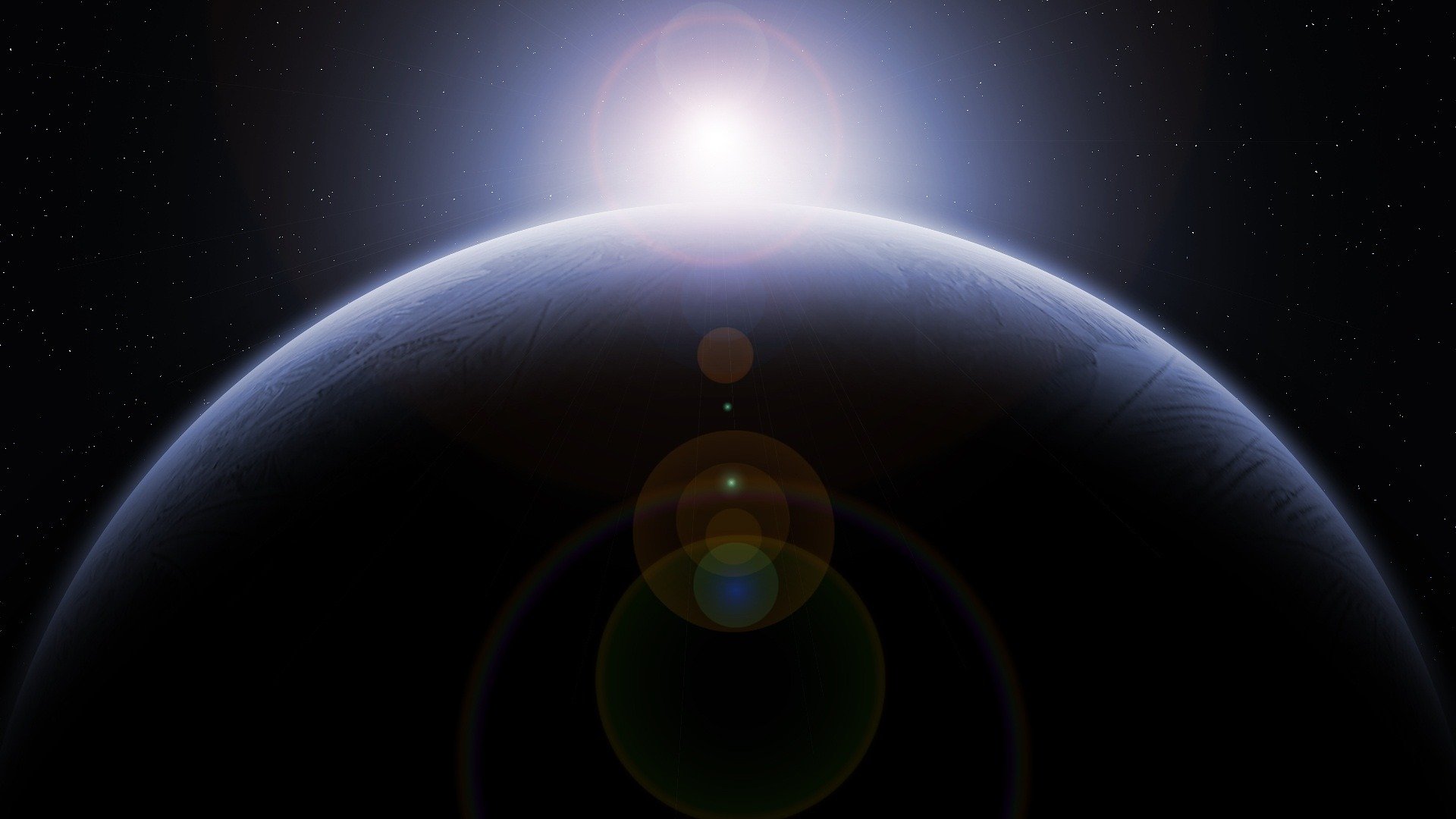The Historic Firsts in Space Exploration
Breaking Barriers: The Historic Firsts in Space Exploration

Space exploration has marked some of the most significant milestones in human history. The journey of reaching beyond our planet began with sending animals, then humans, into space. This article will explore the key figures and moments, starting with animals and moving on to the first human explorers.
1. Firsts in Space : Living Creatures
Before humans dared to undertaking into the unknown, animals had been despatched to test the safety and feasibility of area travel.
- Fruit Flies (1947): The first living creatures sent into space were fruit flies, launched by the United States aboard a V-2 rocket on February 20, 1947. Their mission was to study the effects of radiation at high altitudes.
- Albert II (1949): A rhesus monkey named Albert II became the first mammal in space on June 14, 1949, launched by the United States aboard a V-2 rocket. Unfortunately, he did not survive the mission due to a parachute failure.
- Laika (1957): Laika, a Soviet space dog, became the first animal to orbit Earth aboard Sputnik 2 on November 3, 1957. Although Laika did not survive the mission, she remains a symbol of sacrifice and courage in the early days of space exploration.
2. First Human in Space: Yuri Gagarin
- Yuri Gagarin (1961): On April 12, 1961, Yuri Gagarin, a Soviet cosmonaut, became the first human to journey into outer space. His spacecraft, Vostok 1, completed one orbit round Earth. Gagarin’s flight was a monumental achievement, marking the dawn of human space exploration.
3. First Woman in Space: Valentina Tereshkova
- Valentina Tereshkova (1963): On June 16, 1963, Valentina Tereshkova became the first woman in space aboard Vostok 6. She remains the only woman to have flown solo in space and her mission lasted almost three days.
4. First Spacewalk: Alexei Leonov
- Alexei Leonov (1965): On March 18, 1965, Soviet cosmonaut Alexei Leonov conducted the first spacewalk (extravehicular activity) during the Voskhod 2 mission. Leonov spent 12 minutes outside the spacecraft, connected by a tether, paving the way for future spacewalks and the construction of space stations.
5. First American in Space: Alan Shepard
- Alan Shepard (1961): On May 5, 1961, Alan Shepard became the first American in space aboard the Freedom 7 capsule. Although his flight was suborbital, Shepard’s mission was a crucial step for NASA’s human spaceflight program.
6. First American Woman in Space: Sally Ride
- Sally Ride (1983): On June 18, 1983, Sally Ride became the first American woman in space aboard the Space Shuttle Challenger during the STS-7 mission. Ride’s achievement was a significant moment for women in science and space exploration.
7. Firsts in Space: Multinational Crew
- Apollo-Soyuz Test Project (1975): The first multinational crewed mission was the Apollo-Soyuz Test Project, conducted in July 1975. This mission saw the docking of an American Apollo spacecraft with a Soviet Soyuz spacecraft, symbolizing a thaw in Cold War tensions and a step towards international cooperation in space.
8. First Space Tourist: Dennis Tito
- Dennis Tito (2001): Dennis Tito, an American engineer, became the first space tourist on April 28, 2001, when he flew to the International Space Station (ISS) aboard a Russian Soyuz spacecraft. Tito’s flight marked the beginning of space tourism, opening the door for private individuals to experience space travel.
9. Firsts In Space: Private Spaceflight
- SpaceShipOne (2004): On June 21, 2004, SpaceShipOne became the first privately funded spacecraft to reach space, piloted by Mike Melvill. This achievement was a significant milestone in the commercial spaceflight industry, demonstrating that private companies could participate in space exploration.
Conclusion
From fruit flies to humans, and from national heroes to private citizens, the journey into space has been marked by a series of firsts. These pioneering missions have now not handiest extended our know-how of the cosmos however additionally set the stage for the future of space exploration, where the dream of attaining the stars is turning into greater handy to all of humanity.














Post Comment